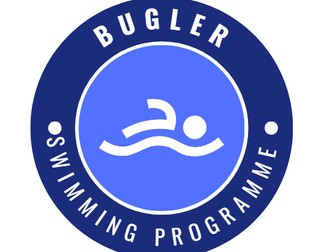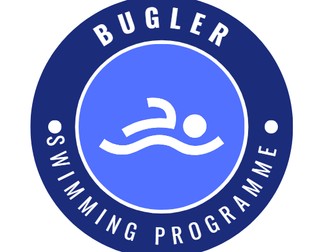
Spanish Conversation Lesson Technology
I use these lessons to teach adult beginners in Spanish but also for Secondary School Students in Mainstream Education. These lessons strip Modern Foreign Languages completely back to the basics. I love teaching my students using this method as there is absolutely no scope for ambiguity and students ‘CAN’T’ get it wrong! It fosters lots of success with learning languages.
These Spanish lessons are based on conversation practice and I have only included words and phrases that I would hear and use when actually living in Spain.
The methodology and pedagogy in these lessons have been constructed based upon findings by both NCELP and DR Conti.
These lessons are designed to be taught ‘from the front’. You will start by saying showing your students the slides and saying sentences like “this ‘word’ means this (show them the word on the slide) and this ‘word’ means this (show them the word on the next slide) so how do you say this (show them the sentence on the next slide)”. You can either ask them to write the sentences on mini-whiteboards or test them on their short-term memory and get them to produce the sentences verbally. The sentences get longer and longer as you add more and more vocabulary to their working memory therefore the sentences get more and more difficult. Each time new vocabulary is given to students, ensure you practice ‘listening and repeating’ with them and conversations can be had on pronunciation and word orders when producing the sentences. It is very important when asking students to use the new words for the translations that they are giving enough ‘thinking time’ (I usually give a good 20-40 seconds).
This lesson style has recently been OFSTED inspected in England and have been classed as OUTSTANDING lessons. It was noted by the inspector that these lessons are particularly good amongst students with different SEN and lower attaining students and add a ‘good’ amount of challenge to all students.
This style is valuable for a subject specialist as it allows the teacher to go into depths of grammar with each new word or phrase that is taught but can also be used by cover teachers ( or non-specialists) as the lessons here provide all the correct answers.

















